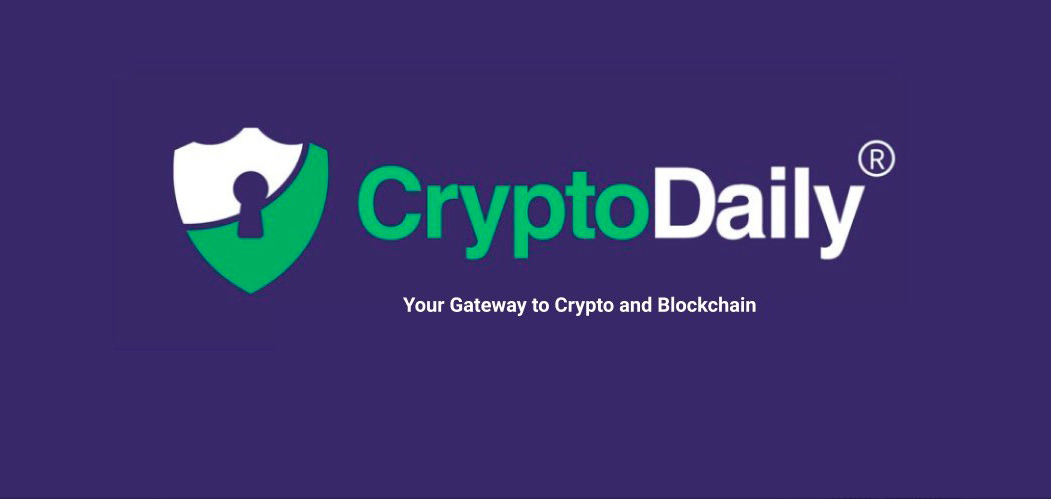Last month, Ford, Autonomic, Qualcomm and Waze announced the development of a cloud based mobility platform for cities to manage self-driving vehicle ride-hailing, deliveries and bicycle sharing, that claims to feature everything from payment processing to parking and traffic logistics. Ford announced their GoBike shar program, which launched in five Bay Area cities in 2016. They seem to be trying to avoid the ‘walled garden’ approach, by inviting out automakers to join the cellular vehicle to everything platform. Toyota have also been working on their own self-driving vehicle as well. So, how can blockchain help? It is likely to have a significant impact through facilitating transactions that skip the gatekeepers. Start up LO3, based in Brooklyn has worked closely with Siemens in order to demonstrate how the technology can be used to facilitate localised peer to peer transactions for PV solar energy credits via an urban microgrid. The Microgrid has a rapidly expanding base. There are 100 local residents who are using the blockchain technology to share credit for any excess solar energy that has been generated from rooftop solar panels. The credits can be reinvested in renewable energy and energy storage systems. However, the benefit of blockchain is that such transactions can be secure and verifiable. Speaking of using this technology for energy, Noel Shannon, from Hyperion Solar Energy, said;
“It takes a lot of time to get funding, to get banks, debt and equity, as there are a lot of negotiations that take forever…Blockchain, and an ICO, offers a way of resolving that, by effectively crowdfunding.”
Using blockchain technology is just a sign of the times progressing, much like the introduction of LED street lighting over the older lamps. Blockchain is the natural progression. As well as this, there will always be a way to keep track of transactions, which can provide frictionless financial settlements, claim processes, energy generation and much more.
Investment Disclaimer







